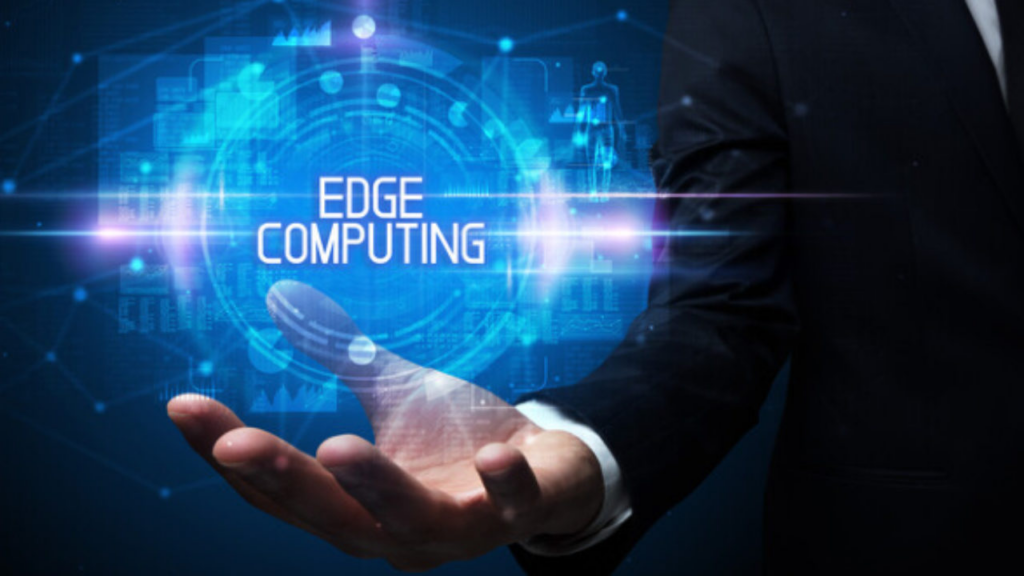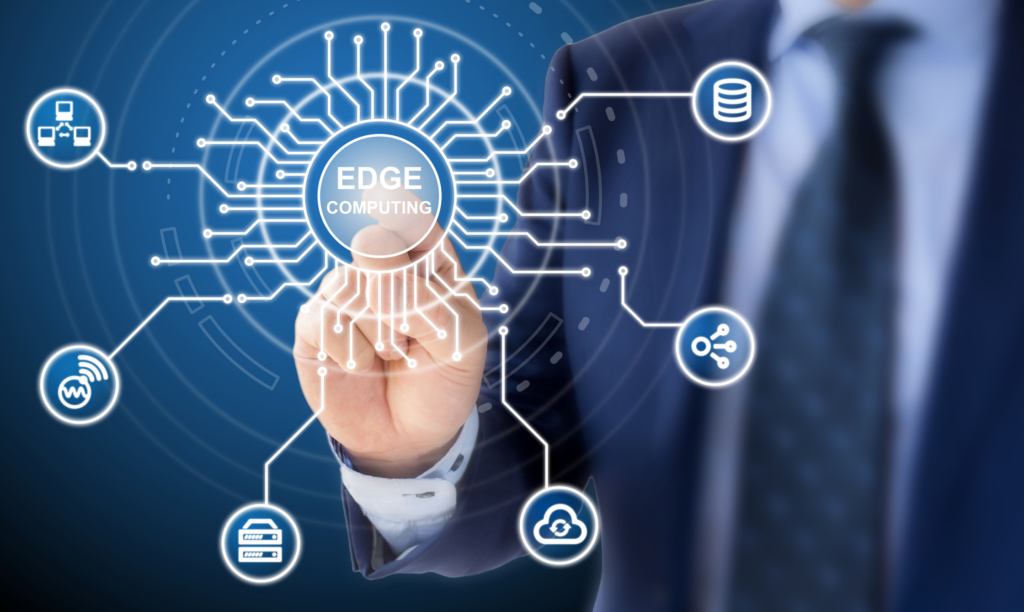The realm of information technology is undergoing a revolutionary transformation, and at the forefront of this change stands Edge Computing, reshaping conventional IT architecture for real-time data processing. Understanding this paradigm shift is crucial in comprehending the evolution of modern computing.
Introduction to Edge Computing
What is Edge Computing?
In essence, Edge Computing is a distributed computing paradigm that brings data processing closer to the source of data generation. Unlike traditional centralized cloud computing, which processes data in remote data centers, Edge Computing performs computations near the data source, reducing latency and enhancing speed.

Importance in Modern IT Architecture
The surge in data generation from various devices and applications necessitates efficient processing. Edge Computing addresses this need by providing a decentralized approach, enabling quicker response times and improved performance.
How Edge Computing Works
Edge Computing functions by utilizing edge devices such as sensors, servers, or gateways placed close to the data source. These devices process data locally, minimizing the need to transmit it to distant servers for analysis. The proximity of computation to data originators enables faster decision-making and enhanced efficiency.
Advantages of Edge Computing
Real-Time Processing Capabilities
The primary advantage of Edge Computing lies in its ability to enable real-time processing. This instantaneous data analysis facilitates immediate responses and actions, critical in various industries requiring rapid decision-making.
Reduced Latency and Improved Performance
By diminishing the distance between data processing and its source, Edge Computing significantly reduces latency. This reduction results in improved system performance, benefiting applications that demand swift data handling.
Use Cases of Edge Computing
Internet of Things (IoT)
Edge Computing plays a pivotal role in IoT applications by processing data generated from numerous interconnected devices. It enables quicker data analysis, leading to more efficient IoT operations.
Healthcare Industry
In healthcare, Edge Computing aids in processing patient data in real-time, enhancing diagnostic processes and enabling prompt medical interventions.
Autonomous Vehicles
Edge Computing contributes to the functionality of autonomous vehicles by processing data from various sensors rapidly, ensuring quick decision-making for safer navigation.
Challenges and Considerations
Despite its advantages, Edge Computing faces challenges, primarily concerning security and scalability. Securing data at distributed points and ensuring seamless scalability without compromising performance remains a significant concern.
Future of Edge Computing
The future of Edge Computing looks promising with ongoing technological advancements. Innovations in hardware and software are expected to address current challenges, further enhancing the capabilities of Edge Computing.
Conclusion
In conclusion, Edge Computing represents a paradigm shift in IT architecture, revolutionizing real-time data processing. Its ability to reduce latency, enable real-time processing, and cater to diverse industry needs makes it a cornerstone of modern computing.



